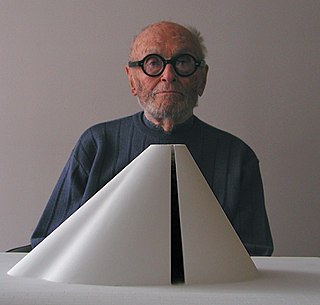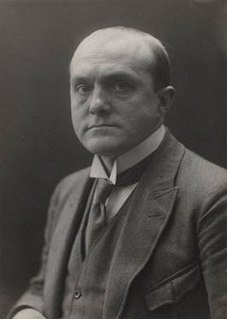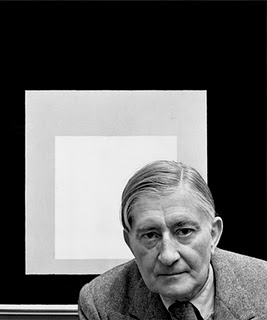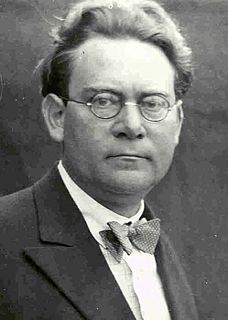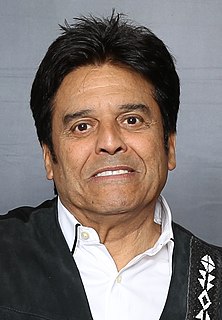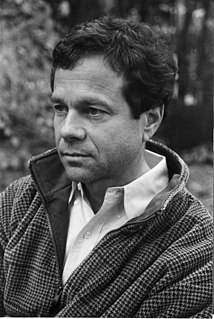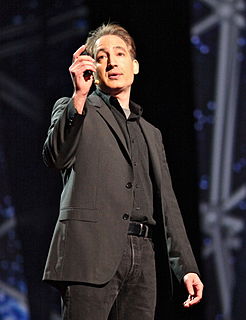Цитата Хидэки Юкавы
Природа создает изогнутые линии, а люди создают прямые.
Темы цитат
Связанные цитаты
Бетон можно формовать, в него можно вдавливать — в конце концов, в вашем теле нет прямых линий. Почему в нашей архитектуре должны быть прямые линии? Вы будете удивлены, когда войдете в комнату, в которой нет прямой линии — как же это чудесно, что вы можете чувствовать, как стены говорят вам в ответ.
В этот век меня не волнует, насколько вы гениальны в тактическом или оперативном отношении, если вы не можете создать гармонию — даже порочную гармонию — на поле боя, основанную на доверии между служебными линиями, коалиционными и национальными линиями, а также между гражданскими и военными линиями, вам нужно идти домой, потому что ваше лидерство устарело. У нас должны быть офицеры, способные создать гармонию во всех этих направлениях.
[Барак] Обама может подводить черту для себя и своей страны, а не для других стран. У нас есть свои красные линии, как наш суверенитет, наша независимость, а если вы хотите поговорить о мировых красных линиях, то США использовали обедненный уран в Ираке, Израиль использовал белый фосфор в Газе, и никто ничего не сказал. А как же красные линии? Мы не видим красных линий. Это политические красные линии.
Те из нас, кто вырос в современных городах, склонны замечать горизонтальные и вертикальные линии быстрее, чем линии в других ориентациях. Напротив, люди, выросшие в кочевых племенах, лучше справляются с замечанием линий, перекошенных под промежуточными углами, поскольку Мать-природа имеет тенденцию работать с более широким набором линий, чем большинство архитекторов.
В этот век меня не волнует, насколько вы гениальны в тактическом или оперативном отношении: если вы не можете создать гармонию — даже порочную гармонию — на поле боя, основанную на доверии между служебными линиями, коалиционными и национальными линиями, а также между гражданскими и военными линиями, вам нужно идти домой, потому что ваше лидерство устарело.
Теоретики-классики напоминают евклидовых геометров в неевклидовом мире, которые, обнаружив, что на опыте прямые, кажущиеся параллельными, часто встречаются, упрекают линии за то, что они не следуют прямолинейности, как единственное средство от происходящих досадных столкновений. Однако на самом деле нет другого выхода, кроме как отбросить аксиому параллелей и разработать неевклидову геометрию.



